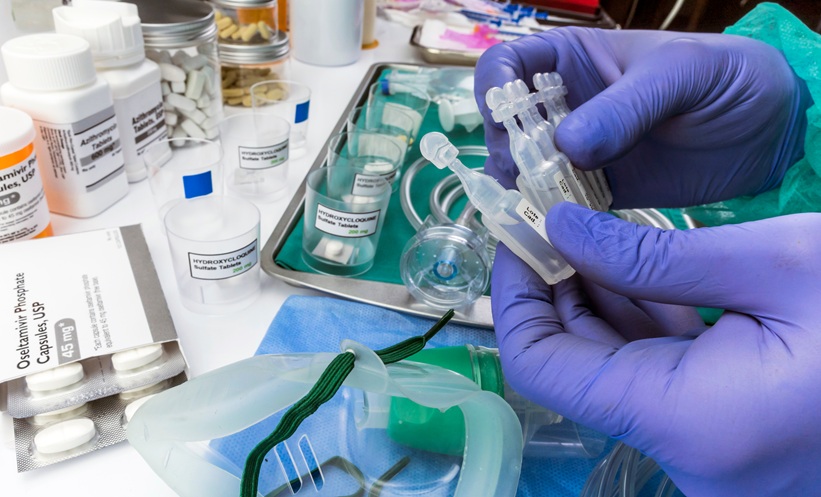Distinguishing Mycoplasma pneumoniae in Community-Acquired Pneumonia
Mycoplasma pneumoniae accounts for a meaningful proportion of community-acquired pneumonia (CAP) in younger hospitalized adults. This prospective analysis compared clinical features of M. pneumoniae and Streptococcus pneumoniae in hospitalized adults to inform diagnostic and empirical treatment strategies.
Understanding M. pneumoniae in CAP
Among 518 adults admitted with community-acquired pneumonia, 32 were diagnosed with M. pneumoniae and 126 with S. pneumoniae. Although M. pneumoniae represented only 6% of total cases, it was responsible for 33% of pneumonia in adults under 50 years. The median age of patients with M. pneumoniae was 39 years compared with 70 years for those with pneumococcal infection. Individuals with M. pneumoniae also presented after a longer duration of symptoms and were more likely to have received outpatient antibiotics, indicating delayed recognition or inadequate initial coverage.
Clinical Features and Diagnosis
Neither symptoms nor chest imaging alone could reliably differentiate M. pneumoniae from S. pneumoniae. Although inflammatory markers such as leukocyte count and C-reactive protein (CRP) were lower in M. pneumoniae infections, the median CRP remained elevated at 178 mg/L, reflecting significant systemic inflammation. Viral co-detection occurred in 14% of patients with M. pneumoniae compared with 42% of those with pneumococcal disease, suggesting differing interaction patterns with respiratory viruses.
Clinical Implications for Empirical Treatment
These findings highlight that younger adults and those who do not respond to initial antibiotic therapy should be considered for testing and empirical treatment targeting M. pneumoniae. Given the lack of distinct radiological or symptomatic markers, liberal diagnostic sampling is recommended in hospitalized community-acquired pneumonia cases, particularly where initial antibiotic regimens appear ineffective.
Reference: Hansen K et al. Clinical characteristics of Mycoplasma pneumoniae compared to Streptococcus pneumoniae in hospitalized adults with community-acquired pneumonia – a prospective study. Comparative Study BMC Infect Dis. 2025;25(1):1292.








